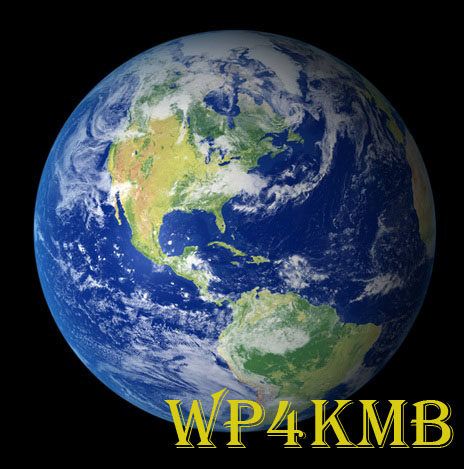ISS Slow Scan TV Oct 3-9
ISS Slow Scan TV Oct 3-9
 A special ARISS-Russia Slow Scan TV (SSTV) event is taking place on the International Space Station (ISS) beginning Friday, October 3, 2025, at 11:40 UTC and ending Thursday, October 9, 2025, at 07:30 UTC.
A special ARISS-Russia Slow Scan TV (SSTV) event is taking place on the International Space Station (ISS) beginning Friday, October 3, 2025, at 11:40 UTC and ending Thursday, October 9, 2025, at 07:30 UTC.
There will be 3 hour breaks on Saturday at 10:00 UTC and Monday 13:40 UTC for ARISS school contacts.
ARISS Series 29 comprises 6 images to celebrate the launch of the first artificial Earth satellite in 1957.
The SSTV transmissions will be made using the amateur radio station in the Russian ISS Service Module. The transmission frequency will be 145.800 MHz FM, (+/- 3.5 kHz Doppler shift) using SSTV mode PD120. The ISS callsign will be RS0ISS.
To support everyone interested in such events, the European Space Agency released tutorials about how to receive pictures transmitted over amateur radio by the International Space Station: you can find them on
https://www.esa.int/ESA_Multimedia/Videos/2020/07/How_to_get_pictures_from_the_International_Space_Station_via_amateur_radio
You are invited to upload decoded images in the ARISS gallery, at: https://ariss-usa.org/ARISS_SSTV/ Once you’ve submitted, just clicking on the dedicated button you can apply for the official ARISS SSTV award.
It’s possible to receive the ISS SSTV signal by using the WebSDR at the Goonhilly Earth Station, the audio can then be fed into your PC or Smartphone SSTV App https://vhf-goonhilly.batc.org.uk/
Follow @ARISS_intl on X for official updates, since changes can occur.
Reminder, the images are sent on a (roughly) 2 minutes on, 2 minutes off schedule. So if you don’t hear anything, give it 2 minutes!
Many FM rigs can be switched been wide and narrow deviation FM filters. For best results you should select the filter for wider deviation FM. Handhelds generally have a single wide filter fitted as standard.
You can get predictions for the ISS pass times at https://www.amsat.org/track/
Useful information on receiving the pictures and links for Apps to display the pictures can be found here:
https://amsat-uk.org/beginners/iss-sstv/
You may be able to get publicity for the amateur radio hobby if you contact your local newspaper and tell them you’ve received a picture (doesn’t have to be perfect) from the International Space Station, see
https://amsat-uk.org/2015/02/04/iss-sstv-in-uk-press/
Powered by WPeMatico
Editor
AMSAT-UK





